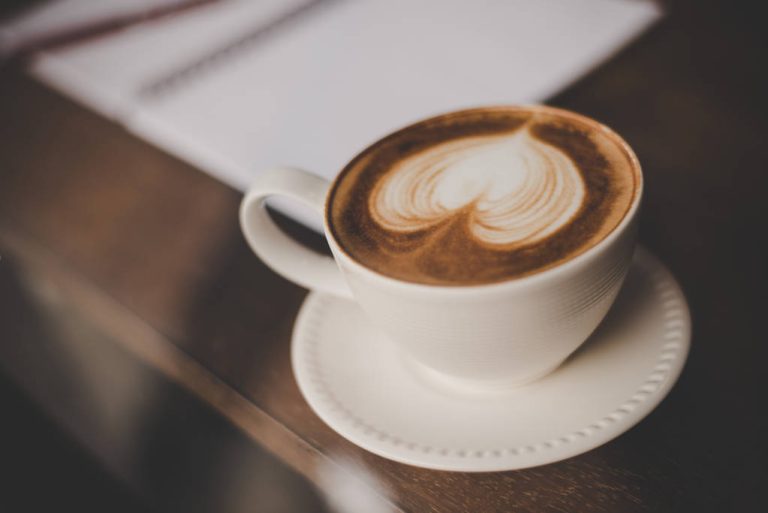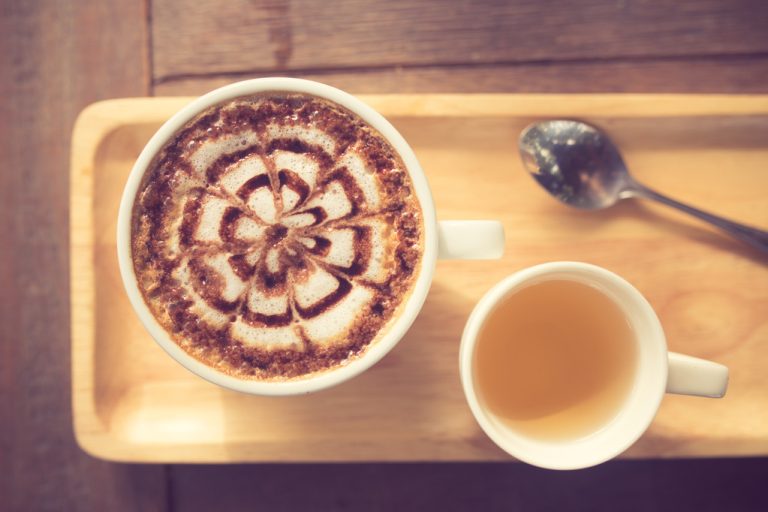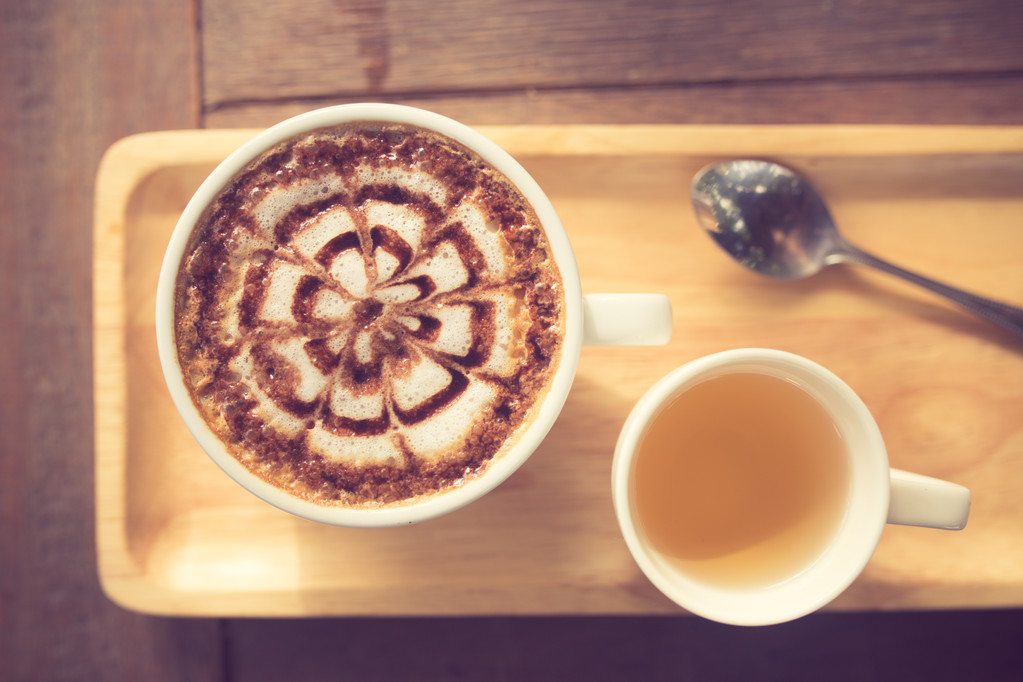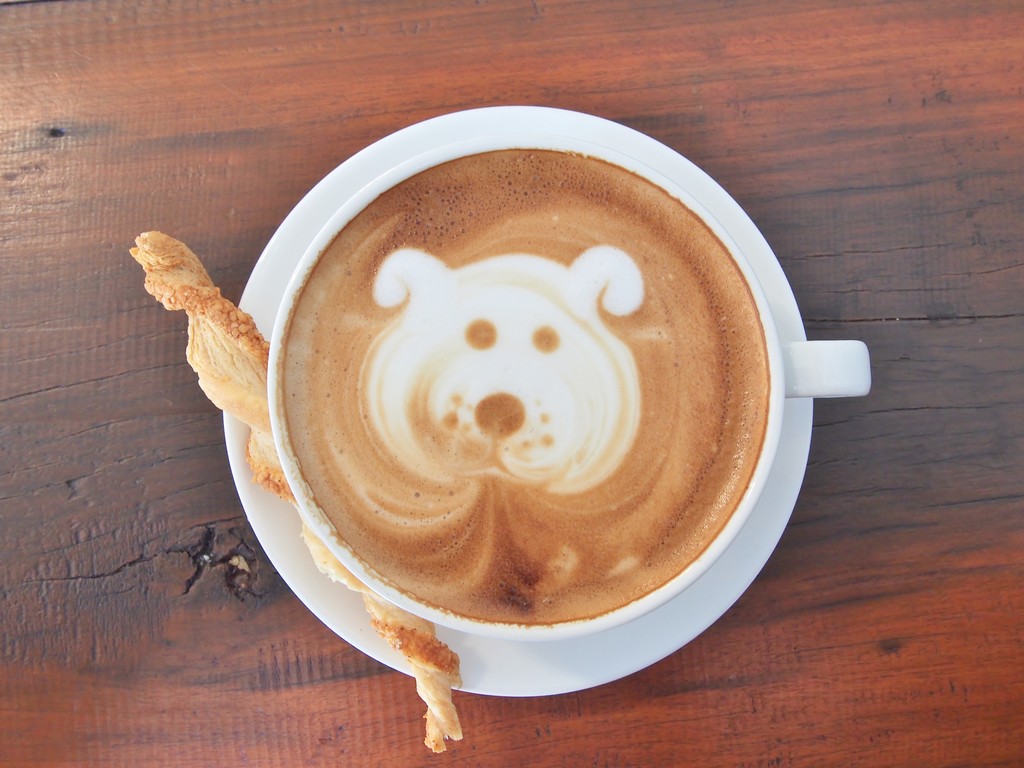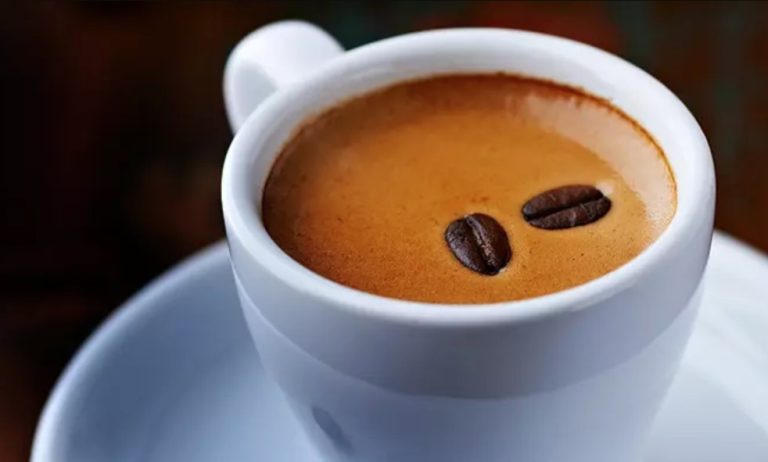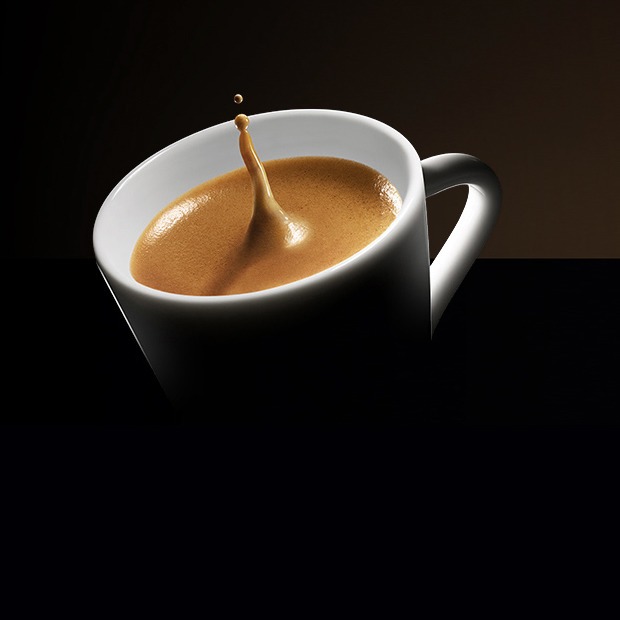It is now well known that the preparation of coffee, cappuccino, espresso or latte macchiato can be an art. However, the work of a barista is not only to achieve a balanced mix of coffee and process it, but above all in the visual design of the different coffee specialties. After all, a cappuccino should not only address taste and smell. Elaborate decorations of the milk foam layer represent an art in itself – the so -called “latte art”. With the help of the “current” by pouring the milk and the milk foam correctly, patterns and images are created on the surface of the drink. Special pens, chocolate syrup or stencils sometimes serve as aids for design. There are no limits to creativity: from the “simple” heart to clover leaves, stars or angels – almost everything can be shown on the foam by the baristas. International competitions challenge the coffee artists to produce ever more complex images.
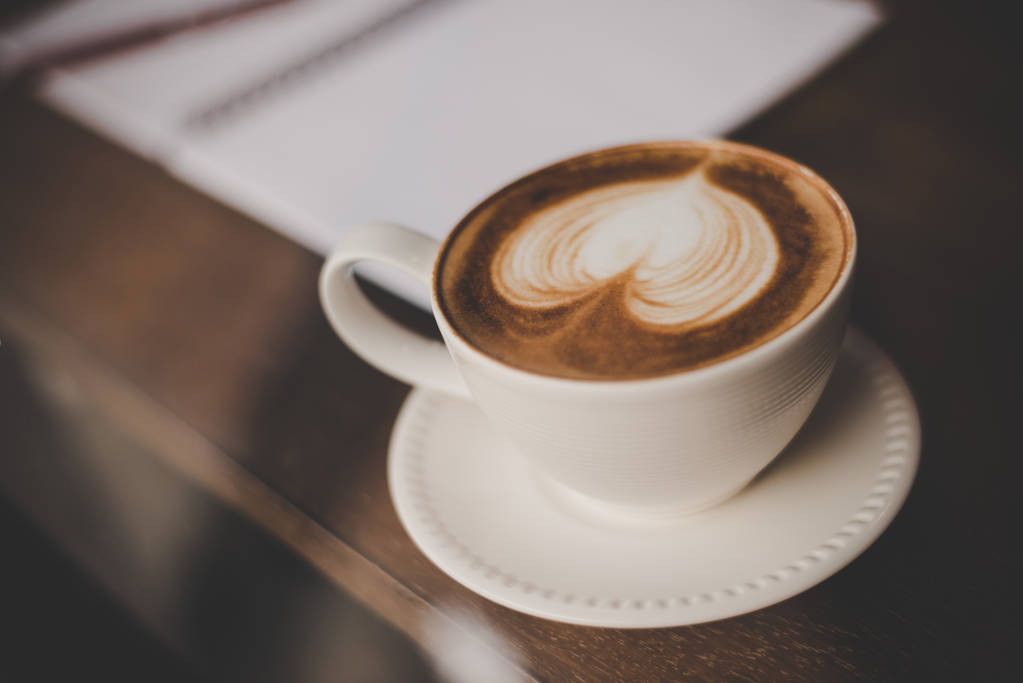
However, in order to produce the structure of milk, milk foam and espresso, you need the right accessories – and a lot of practice. Because as simple as it may look, even the supposedly simple figures, such as the heart, represent a challenge. The equipment of a milk foam artist consists of an espresso machine or jug, a milk frother and, last but not least, a milk jug and cappuccino cups. The latter should not have a diameter that is not too small so that the patterns can have a larger area. The milk jug should also be big enough. The ideal size is between 0.6 and 1 liter of volume. The larger the jug, the easier the foam succeeds. The basis for the preparation is the espresso, which in the best case has a dense crema. This ensures that the espresso stays hot longer and is also an important flavor carrier.
On the other hand, the spirits differ from the preparation of the milk foam: while they prefer a fresh whole milk, others swear by H or condensed milk. In principle, however, the following applies: A creamy, dense, not too solid consistency of the milk foam. The milk jug should be filled up to half at most, since the foaming of the volume of the milk increases by twice. The milk frother of an espresso machine is best suited. After draining the condensed water, the technology of the so -called “pulling”, in which the air is pulled under the milk surface and the subsequent “roll”. Here, the air is evenly distributed in the milk and “undermined”. The subsequent swiveling of the milk foam in the jug improves the creaminess again. In addition to the nature of the foam, the rapid pouring out after the foam is important, since otherwise milk and foam can separate. The milk foam should get under the crema of the espresso when watering in order to achieve the desired effect. Because the right vertebrae when the milk occurs into the coffee creates the characteristic patterns. The jug should therefore be attached on the edge of the cup if possible and the milk should be poured into a place in front of the center of the cup. The evenly moving back and forth of the milk jug is created, the leaf or “tree”- a popular figure and quickly learned for beginners.

